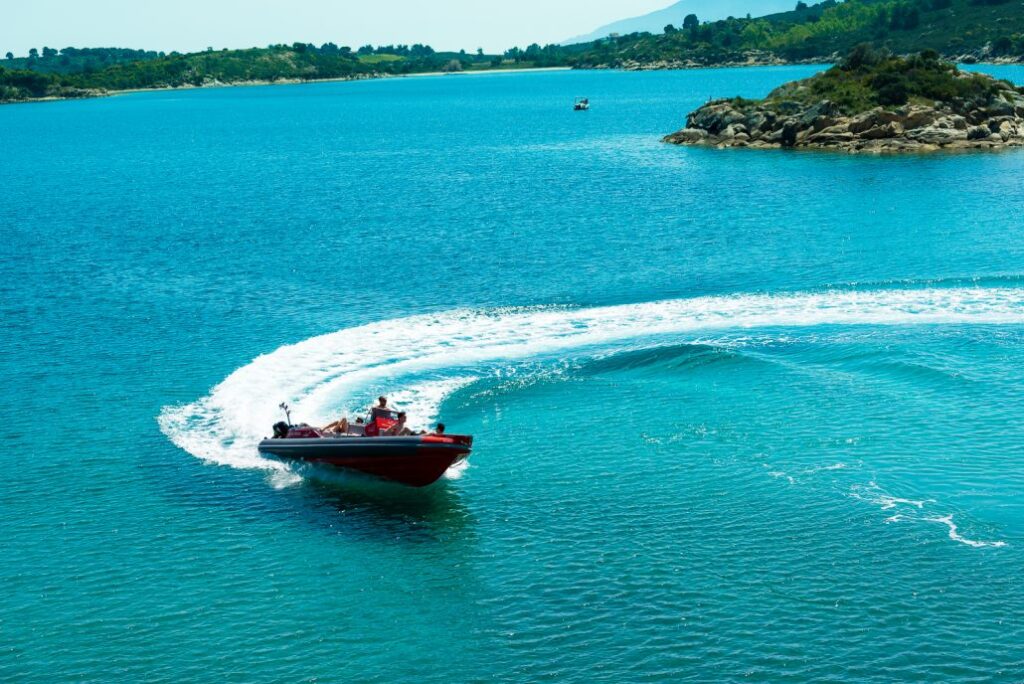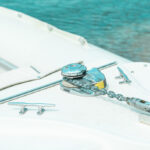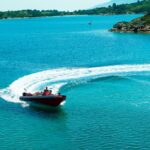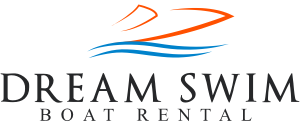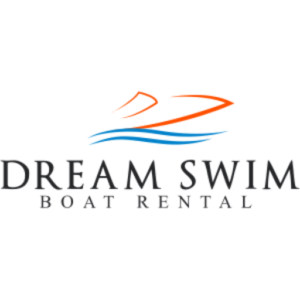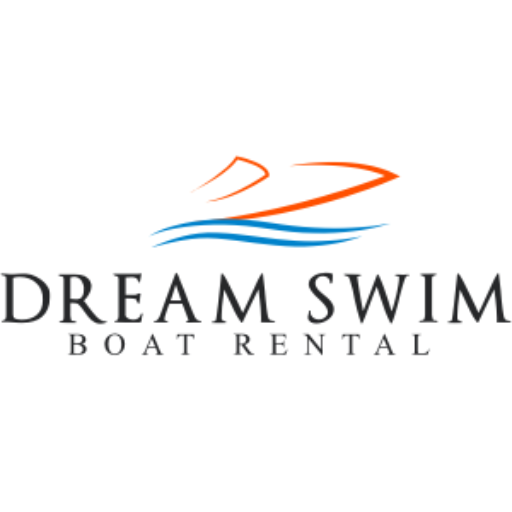Embarking on the open water offers a unique and exhilarating experience, whether you’re propelled by the wind or the hum of a motor. Sailing and motor boating are two distinct approaches to navigating the vast blue expanse, each with its charm and challenges. In this blog post, we’ll explore the key differences between sailing and motor boating, helping you decide which aquatic adventure aligns with your preferences and lifestyle.
The Essence of Sailing:
Sailing is an ancient art that harnesses the power of the wind to propel a boat forward. It requires a deep understanding of wind patterns, navigation, and the ability to harness nature’s forces. Here are some aspects that define the essence of sailing:
Skill and Seamanship: Sailing demands a certain level of skill and seamanship. Learning to harness the wind efficiently, navigating using charts, and understanding the principles of tides and currents are integral to mastering the art of sailing.
Connection with Nature: Sailing provides a unique connection with nature. Relying on the wind’s whims adds an unpredictable yet thrilling element to the journey, making every sail an adventure.
Relaxing and Serene: The quiet serenity of sailing, with only the sound of wind and waves, can be a therapeutic experience. It’s an excellent choice for those seeking a slower pace and a closer communion with the marine environment.
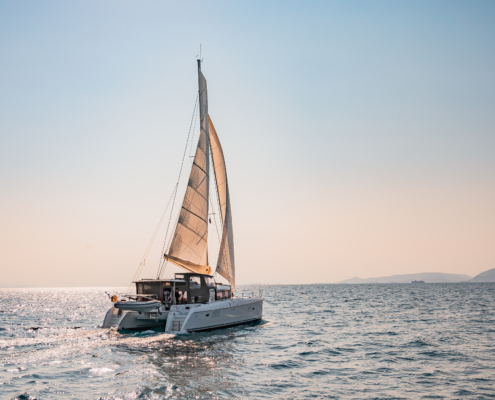
The Power of Motor Boating:
In contrast, motor boating relies on engines to cut through the water. This modern approach offers a different set of advantages and appeals to those who prefer a more straightforward and powerful experience:
Convenience and Speed: Motor boating is known for its convenience and speed. With a reliable engine, you can cover longer distances in a shorter time, making it ideal for day trips or reaching destinations efficiently.
Control and Predictability: Unlike sailing, motor boating provides greater control over your speed and direction. This predictability can be appealing to those who prefer a more structured and controlled water adventure.
Versatility: Motorboats can be used for various activities such as water sports, fishing, or cruising. The ease of manoeuvrability makes them suitable for various aquatic pursuits.
Choosing Your Aquatic Adventure:
When deciding between sailing and motor boating, consider the following factors:
Experience Level: Sailing may require a steeper learning curve, whereas motor boating is generally more accessible for beginners.
Time Commitment: Sailing can be a leisurely, time-consuming pursuit, while motor boating offers a quicker means of exploration.
Budget: Sailing vessels often involve more significant initial costs and maintenance, while motor boats may be more budget-friendly.
Preference for Adventure: If you crave the unpredictability of nature and a hands-on experience, sailing might be your calling. If you prefer a more controlled and efficient journey, motor boating could be the way.
In the end, whether you choose the rhythmic dance of sails or the powerful hum of an engine, both sailing and motor boating offer unique and fulfilling experiences on the water. Your choice depends on your preferences, skill level, and the kind of aquatic adventure you seek. Whichever path you embark upon, the open water awaits, ready to unveil its wonders to those willing to explore.
